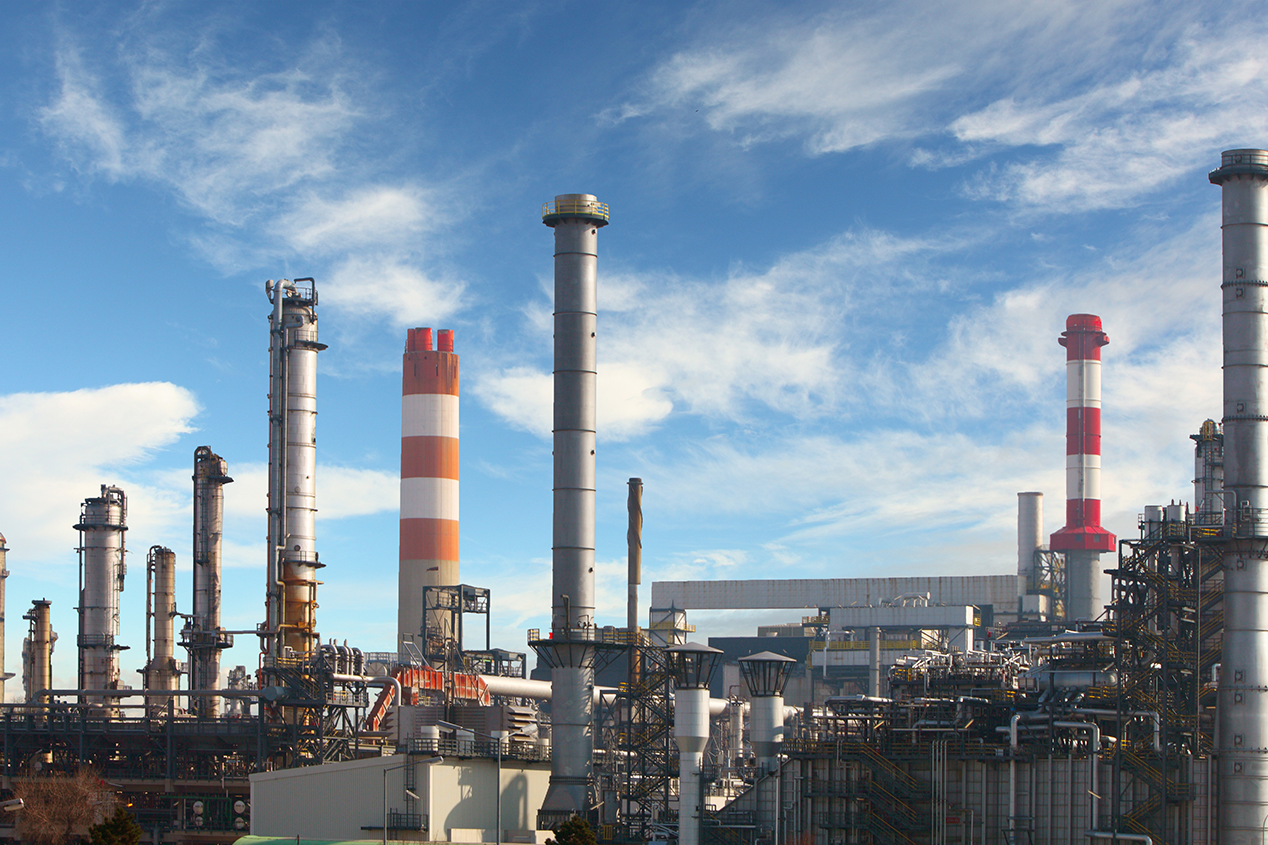How to Size a Cooling Tower

Cooling towers are essential for exchanging heat and maintaining an adequate temperature within HVAC systems. Through modern innovation and continuous improvement of the design, these towers have the potential to support residential AC systems up to multi-building manufacturing facilities. However, it’s not one size fits all – literally. In fact, in addition to coming in multiple material types and flow styles, cooling towers also come in a wide range of sizes.
The size needed for a specific system depends on a variety of other factors. Calculating the best size for your system is crucial for ensuring the tower performs as expected and maintains system efficiency and function. Undersizing a cooling tower could lead to a multitude of disasters in a facility. Because HVAC systems rely on these towers to keep their temperature at a safe level, an undersized one that isn’t able to adequately cool the temperature can easily cause system failure. Many times, large cooling towers are used in multi-unit residential buildings, where the failure of an AC system could cause health dangers for occupants. In manufacturing facilities or laboratories, system failure could mean stalled production or loss of valuable inventory.
So, there can not be enough stress put on sizing a cooling tower correctly for the system it will support. Several factors come into play when sizing a cooling tower:
Wet Bulb Temperature
Both the ambient air temperature and the relative humidity in the area impact the ambient wet bulb temperature(WBT). It essentially is a measure of how much water vapor the atmosphere can hold. Measuring WBT requires the use of a tool called a psychrometer. Water is placed on the tool, it is spun around for a minute, and the difference in temperature readings is noted. This process continues until you reach a point where there is no further temperature change. The temperature reading at this point is the WBT. In hot, wet climates, the wet bulb temperature is generally much higher than in drier, colder areas.
When thinking about cooling towers, it’s important to note that the structure’s function relies on the ability to vaporize water to cool temperatures. Because of this, knowing the WBT means you can more accurately assess the size of the tower you need.
Approach
Once you’ve calculated the WBT, the next step is to determine the “approach.” To do this, you are essentially finding the difference between the WBT and cold water temperature that leaves the tower after the cooling process. Lower approach temperatures require larger cooling towers. Most manufacturers advise that for their towers to be efficient, the approach needs to fall within 5 and 10 degrees Fahrenheit. External factors can influence the functionality, so the approach will rarely be 100% accurate. Variants such as airflow in draft towers can aid or hinder tower performance.
Range of Cooling
Calculating the range of cooling is likely the quickest process in cooling tower sizing. The range is simply the difference between the water temperature as it exits machinery within the system and the cold water temperature.
Heat Load
The range of cooling comes into play when determining the heat load of a tower. Calculate heat load using the following formula:
Heat Load = Flow Rate x 500 x Range of Cooling
You measure the flow rate of a cooling tower in gallons per minute (GPM). As noted in the formula, heat load varies directly with flow rate and range of cooling. If these factors increase, so does the heat load. Size requirements for a cooling tower also vary directly with heat load, but only if the other factors are all held constant. On the other hand, changes in range, approach, or WBT are inversely related to cooling tower size. So, if one of these factors increases (while all others remain the same), the cooling tower size needed would decrease.
Other Factors that Influence Cooling Tower Size
Unfortunately, even knowing all of the above factors, calculating the ideal cooling tower size isn’t as simple as a plug-and-play formula. While all of these factors are important to consider, other aspects can also affect the efficiency of the system and therefore the best option in terms of size. These include potential chemical use on the tower and overall tower material.
Cooling Tower Experts – Making Cooling Tower Sizing Easy
If the above calculations seem overwhelming, that’s not unusual. It takes years of industry experience and education to truly master the ability to size cooling towers appropriately. Luckily, our team at Cooling Tower Experts has just that. We pride ourselves on continuously educating our team on the latest innovations, technologies, and best practices in the cooling tower industry.
If you need help sizing the tower for your system, we would love to help. We can not only work with you to determine the best size for your needs. But, we can also teach you along the way, so you become an expert on your system and how it functions. Contact us today to get started on your cooling tower project!